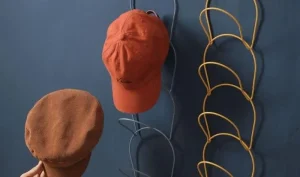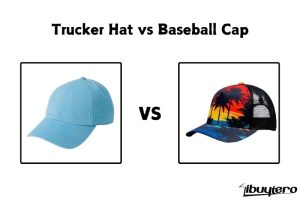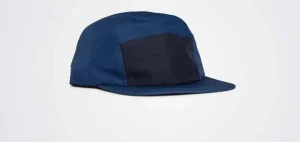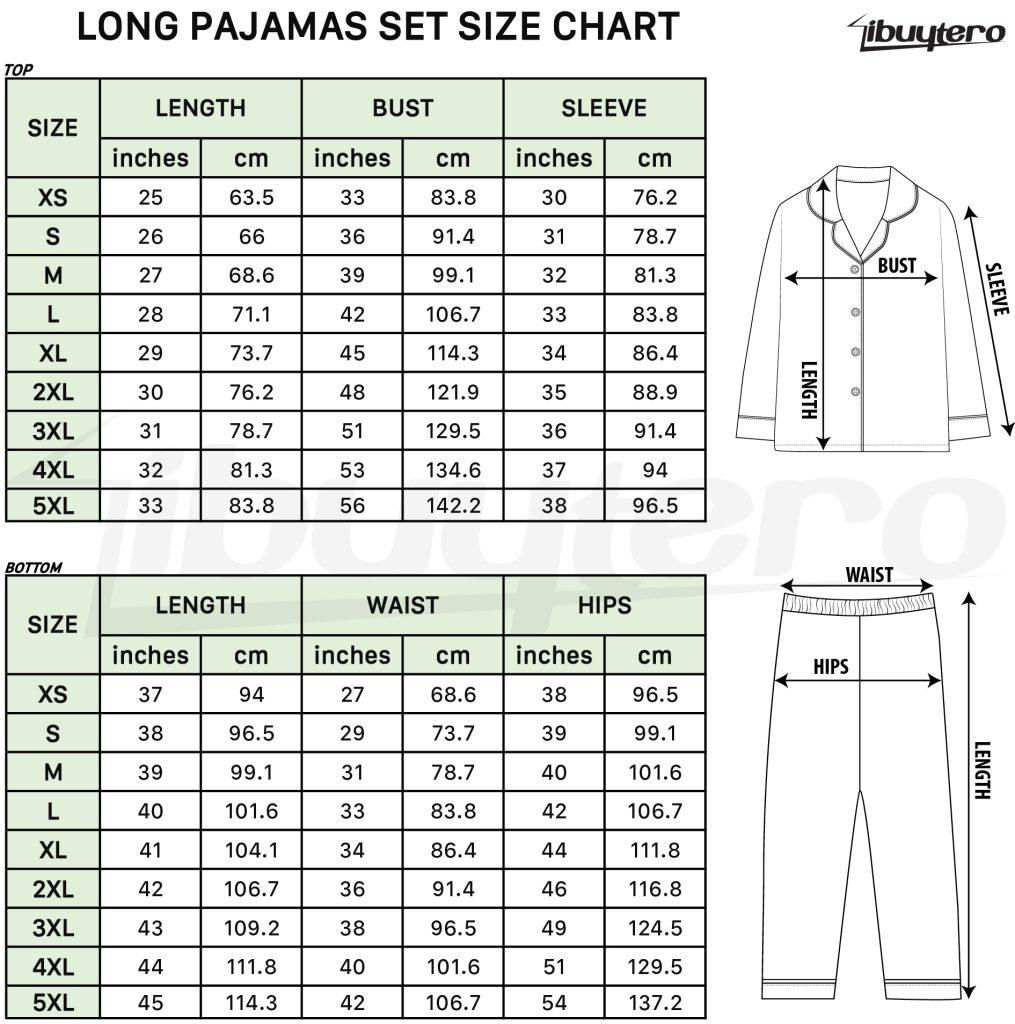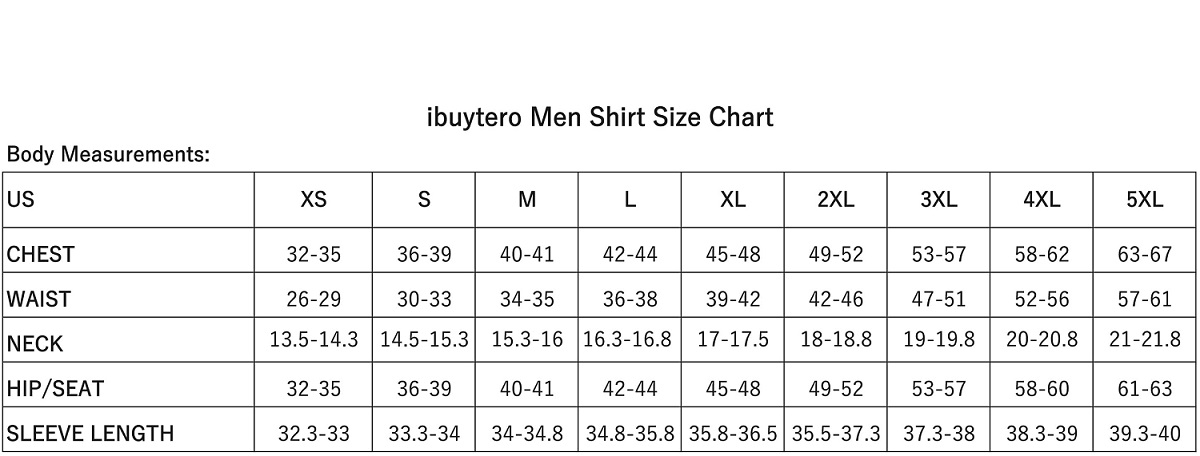What is a Baseball Cap? Definition and Origin of the Baseball Cap
What is a Baseball Cap? A baseball cap is one of the most iconic and recognizable accessories in fashion, but it wasn’t always a style staple. Originally designed for practical use in sports, specifically for baseball players in the mid-19th century, this cap quickly became a popular headwear choice worldwide. From its functional roots to its evolution as a fashion statement, the baseball cap has a rich history worth exploring.
I. What is a Baseball Cap?
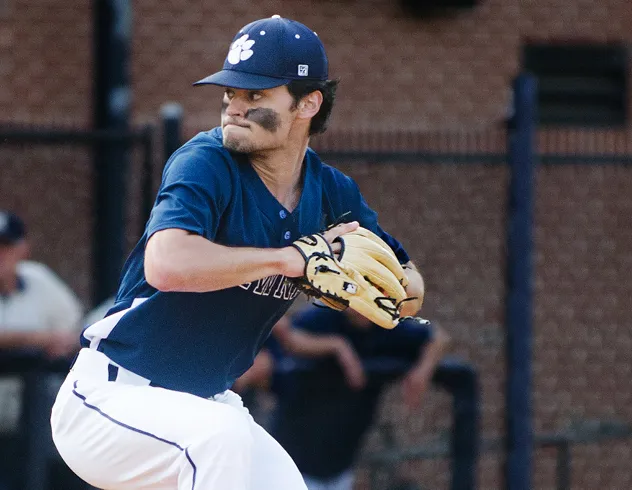
A baseball cap is a type of soft hat with a rounded crown and a stiff bill projecting in front
The front of the hat typically displays a design or a logo (historically, usually only a sports team, namely a baseball team, or names of relevant companies, when used as a commercial marketing technique). The hat may be “fitted” to the wearer’s head or the back may have elastic, a plastic prong-in-a-hole (multiple holes with one prong that can be inserted), Velcro, a zipper, or a tri-glide slide so that it can be quickly adjusted to fit different wearers’ heads.
The baseball hat is a part of the traditional baseball uniform worn by players, with the brim pointing forward to shield the eyes from the sun. Since the 1980s, varieties of the hat have become prevalent in the United States and many other nations, both for utilitarian (protecting the eyes from the sun) and fashion accessory purposes.
II. Origins of Baseball Cap
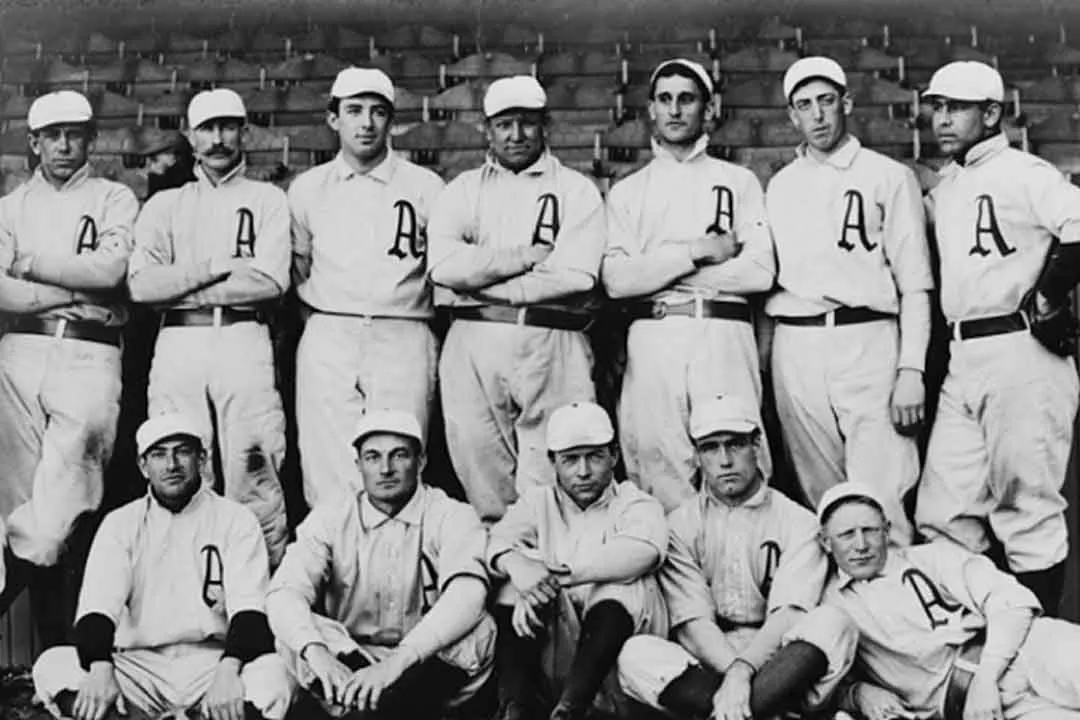
In 1860, the Brooklyn Excelsiors wore the ancestor of the modern rounded-top baseball cap, which featured a long peak and a button on top, and by 1900, the “Brooklyn-style” cap became popular. The merino cap topped with a star like pattern was made by the New York sporting goods company Peck & Snyder.
In the late 1880s, a pillbox version of the cap became popular, which would morph into the modern six-paneled round cap; five teams revived the pillbox form in 1976 in celebration of the US Bicentennial. Team monograms first appeared in 1894 when the Boston Baseball Club (the Boston Braves) now the Atlanta Braves became the first team to wear letterforms when they added a monogram-style device to their caps, followed by three more teams in the next season.
The Detroit Tigers of 1901 were the first major league team to have a mascot a red tiger on a dark background on their ballcap. It was replaced by the letter “D” in 1903, and their iconic Olde English style letterform appeared a year later.
During the 1940s, latex rubber became the stiffening material inside the hat and the modern baseball cap was born. The peak, also known in certain areas as the “bill” or “brim”, was designed to protect a player’s eyes from the sun. Typically, the peak was much shorter in the earlier days of the baseball hat. Also, the hat has become more structured, versus the overall “floppy” cap of the 19th and early 20th centuries.The baseball cap was and still is an important means by which to identify a team. Often the logo, mascot, or team’s initial was placed on the cap. Usually, the cap was also fashioned in the official colors of a particular team.
Since 1993 the New Era Cap Company of Buffalo, N.Y. has been the exclusive baseball cap supplier for Major League Baseball.
The basic shape, including curved peak, is similar to some styles of 19th century sunbonnets.
III. Distinctive features of a Baseball Cap

Fitted baseball hats those without an adjuster are normally sewn in six sections, and may be topped with a matching fabric covered button (also called a squatchee) on the crown. Metal grommets or fabric eyelets are often sewn or attached near the top of each of the six sections of fabric to provide ventilation. In some cases, the rear sections of the crown are made of net-like mesh material for extra ventilation. The peak is typically stiffened by a sewn in piece of paperboard or stiff plastic.
The baseball cap is known for its simple, functional, and iconic design, but there are several key features that make it unique. First, the crown of the cap is typically rounded and structured, allowing it to fit comfortably around the head. The crown can be made from various materials, including cotton, wool, or synthetic fabrics, offering both comfort and durability depending on the cap’s purpose. Some caps come with a softer, unstructured crown, providing a more relaxed, casual fit.
At the front of the cap is the brim or visor, which is wide and stiff, designed to shield the eyes from sunlight. This practical feature made baseball caps a staple for athletes playing under the sun, and it’s still highly functional for outdoor use. Brims can vary in length and curvature—some are slightly curved while others are flat, appealing to different style preferences.
The back of the cap typically includes an adjustable strap, which allows the wearer to customize the fit. These straps come in different forms, such as snapbacks (plastic clasps with notches), Velcro, or fabric straps with buckles. On the other hand, fitted caps don’t have an adjustable strap and are made to fit a specific head size, offering a sleeker look.
To improve comfort, many baseball caps feature ventilation holes—small, sewn eyelets at the top of each panel—or mesh panels in the back for added breathability. These features are particularly useful in warmer climates or during physical activity, ensuring the cap remains cool and comfortable to wear for extended periods.
Finally, baseball caps are also known for their front panel designs, which often include embroidered logos, text, or patterns. Initially, this space was used for team logos in sports, but today, it has expanded into a canvas for branding, personal expression, and fashion.
With its blend of practicality and style, the baseball cap remains a staple accessory, whether you’re wearing it for sun protection, athletic performance, or simply as a fashion statement.
Variations
Baseball hats are made of many types of material and shaped in various styles for different purposes. Major and minor league baseball players wear classic-style hats made of wool (or more recently, polyester) with their team’s simple logo and colors; the logo is usually embroidered into the fabric. More recently there are brands that are using uncommon materials for snapback hats as for example wood brims.
Formerly, baseball hats only came in standard hat sizes. Since the early 1970s, they have also been available in a one-size-fits-all form, with an adjustment strap in the back. The style, commonly called snapback, has become increasingly popular as a fashion accessory, as have team caps, popularized especially by rap and hip-hop musicians. Advances in textiles have led to the “stretch-fit” hat, which uses Lycra or rubber to allow a hat to have a fitted style while still being “adjustable” within sizes.
The front may be soft, or may be stiffened by buckram to display a logo more clearly.
Another version of the baseball hat is a plastic mesh hat with a foam front imprinted with a company logo. This style is sometimes called a trucker hat or a “gimme hat” because it is given away for free as a promotional item.
There are 4 major types of baseball hats:
- Snapback hat – (hat with a snap closure in the rear) with flat brim, high profile, adjustable.
- Adjustable hat – (hat with a velcro closure or buckled strap in the rear) unstructured, low profile, curved brim, adjustable.
- “Flexfit” hat – curved or flat brim, structured cap, high profile, adjustable by the use of elastic materials.
- Fitted hat – curved or flat brim, structured cap, high profile, unadjustable.
IV. Conclusion
Nowadays, Baseball Caps are widely accepted and incorporated everywhere, including in high fashion.
Discover the unique appeal of trucker hats and Hawaiian shirts, two iconic fashion pieces that blend comfort and individuality. At ibuytero, we offer a curated selection of both, perfect for those who appreciate laid-back style with a touch of personality. Explore our shop to find top-quality trucker hats and vibrant Hawaiian shirts that suit any casual occasion. Follow us on Pinterest to keep up to date with the latest products.
You can refer to the following articles to gain a better understanding and gather more information about different hat styles:
- What is a Snapback Cap? Definition and Origin of the Snapback Cap
- What is a Dad Hat? Definition and Origin of the Dad Hat
- What is a Bucket Hat? Definition and Origin of the Bucket Hat
- What is a Panel Hat? Definition and Origin of the Panel Hat
- Exploring Trucker Hats



